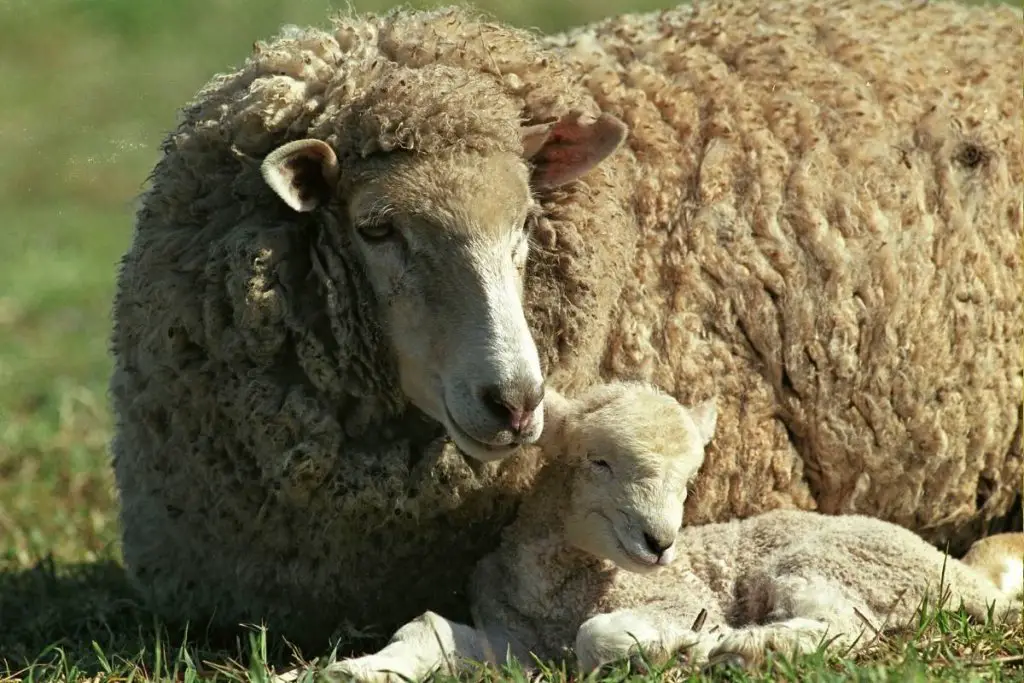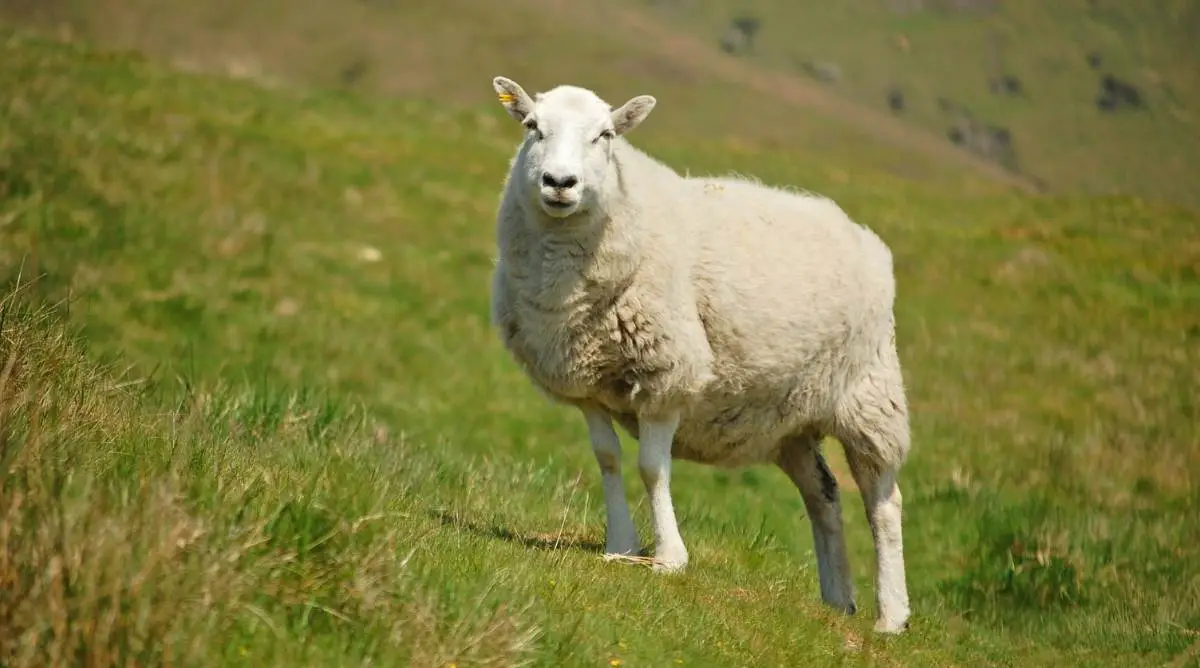A female sheep is called a ewe. The plural term for ewe is "ewes." The word "ewe" has roots in Old English, and can be traced back to Latin and Greek. The earliest known use of "ewe" was even before the 12th century.
What is a female sheep called?
A female sheep is called a ewe, while a male sheep is called a ram.
There’s some confusion over whether to write “a ewe” or “an ewe.” Normally, “an” is used before words that start with vowels. But in this case, the pronunciation of “ewe” starts with a consonant sound (“y” as in “you”).
Some places have local or slang terms for their ewes. You might hear an adult female sheep called yow or yaw. Yow or yaw means the same as ewe, but it is a local dialect you will likely hear in Scotland, Cumbria, and the English lowlands. Gimmer is another term that also means female sheep in Scotland and Northern England.
Where does the word “ewe” come from?

The Middle English word “ewe” comes from the Old English eowu. In Old English, eow is the term for “sheep.” Eowu is the Old English term for “female sheep.”
The Middle English word “ewe” has existed since before the 12th Century. But, its ancient origins have been around for far longer. The Old English word eowu comes from the Latin ovis and the Greek ois. Both ovis and ois mean “sheep.”
From there, the word has evolved into other languages and dialects. These include the following:
- Ouwi – Old High German for “sheep”
- Avis – Lithuanian for “sheep”
- Oi – Old Irish for “sheep”
- Ooge and Ooi – Middle Dutch and Dutch for “sheep”
- Ewig – Welsh for “hind”
- Ewi – Old Saxon for “sheep”
- Ei – Old Frisian for “sheep”
The Latin ovis is pronounced with a soft “v,” which is much closer to owis. The Greek ois sounds the same. From “owis,” the word has evolved into “yowis,” and eventually into “ewe.”
This is why the word “ewe” is pronounced differently in different countries or areas. In standard American English, “ewe” is pronounced “yoo.” But in some dialects in the United Kingdom, such as in Cumbria and Scotland, it is pronounced as “yow.”
What are the different names for a female sheep?
| Term | Meaning |
| Ewe | Female sheep |
| Ewe lamb | Young female sheep under 1 year old |
| Yearling ewe | Female sheep between 1-2 years old |
| Brood ewe | Female sheep raised specifically for birthing lambs |
| Yow | Word for “ewe” in parts of the United Kingdom |
| Shearling ewe | Word for “yearling ewe” in parts of the United Kingdom |
| Hogget ewe | Word for “yearling ewe” in parts of Australia, New Zealand, and South Africa |
| Theave | Word for “yearling ewe” in parts of the English midlands |
| Teg | Word for “yearling ewe” in parts of the United Kingdom |
You can call any female sheep a ewe. However, ewes are called by more specific terms depending on their age or their role in the flock or farm.
A ewe lamb is the term for a newborn or baby female sheep up to one year old. After a ewe lamb or young sheep turns a year old, she is now called a yearling ewe.
A yearling ewe is called a hogget ewe in Australia, New Zealand, and South Africa. In Scotland, she may be called a gimmer. In the English Midlands, a yearling ewe is called a theave or a theaf. A yearling ewe may also be called a shearling ewe or a teg in some areas of the United Kingdom.
A ewe that is raised specifically for breeding season and birthing lambs is called a brood ewe.

